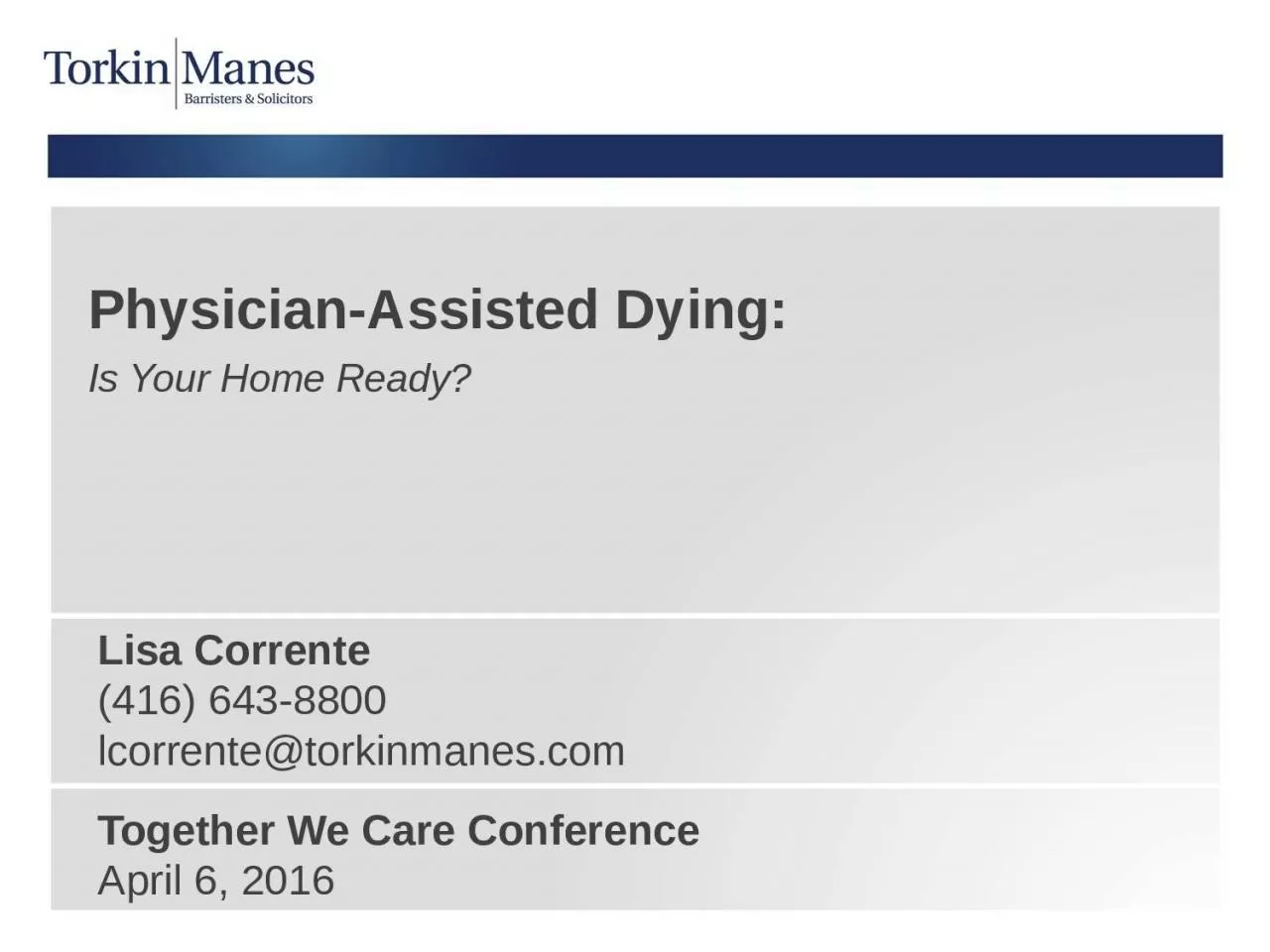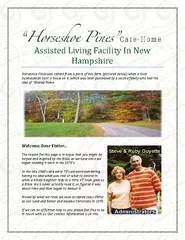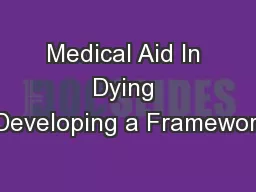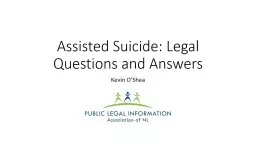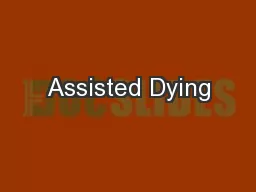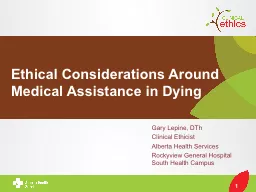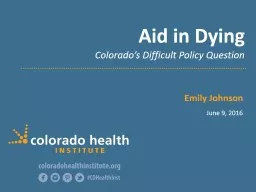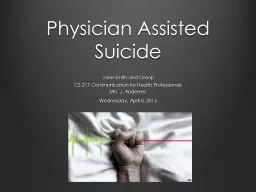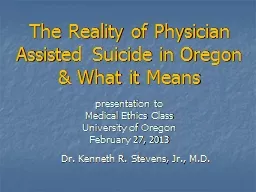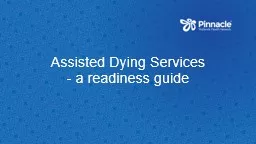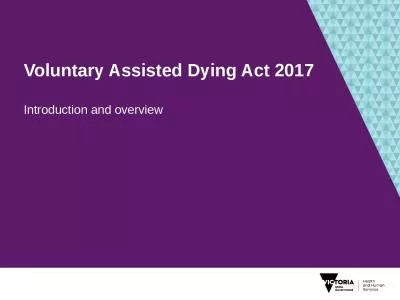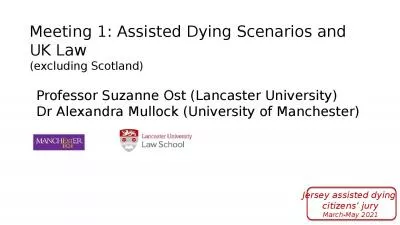PPT-Is Your H ome R eady? Physician-Assisted Dying:
Author : megan | Published Date : 2024-02-09
Lisa Corrente 416 6438800 lcorrentetorkinmanescom Together We Care Conference April 6 2016 OVERVIEW Criminal Code v Charter Rodriguez v British Columbia 1993
Presentation Embed Code
Download Presentation
Download Presentation The PPT/PDF document "Is Your H ome R eady? Physician-Assist..." is the property of its rightful owner. Permission is granted to download and print the materials on this website for personal, non-commercial use only, and to display it on your personal computer provided you do not modify the materials and that you retain all copyright notices contained in the materials. By downloading content from our website, you accept the terms of this agreement.
Is Your H ome R eady? Physician-Assisted Dying:: Transcript
Download Rules Of Document
"Is Your H ome R eady? Physician-Assisted Dying:"The content belongs to its owner. You may download and print it for personal use, without modification, and keep all copyright notices. By downloading, you agree to these terms.
Related Documents

